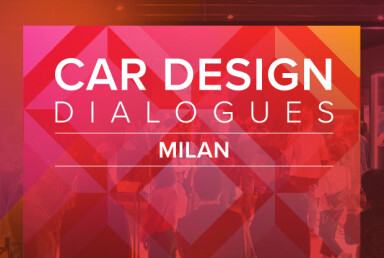History of the art car
The Art Car phenomenon
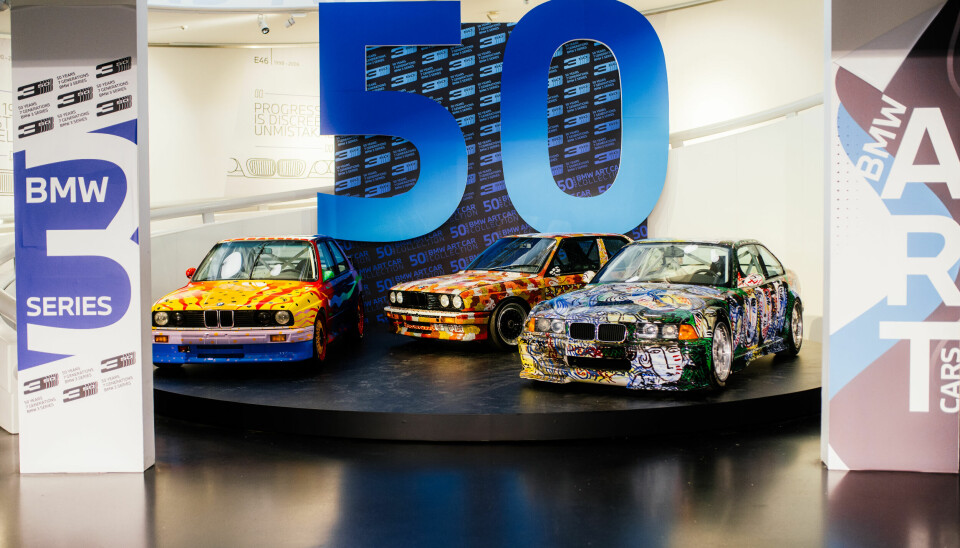
It's been 50 years since BMW unveiled its first Art Car – and a great excuse to delve more broadly into this characterful sub-species
The art car genre is an incredibly broad church, taking in all sorts of canvasses on wheels. Occasionally, OEMs commission art cars, farming them out to world-famous creatives to work their magic on, but more often, they represent labours of love for anonymous folk hammering away in garages.
Sometimes, art cars are icons at the forefront of earth-shattering cultural movements, but more frequently, they only just qualify as historical side notes. When thinking strategically, manufacturers can use art cars to hint at future brand strategy and position themselves more effectively. At their best, art cars are left-field interventions that ask us to consider what life may be like in years to come.
Eccentricity and rebellion
Wherever there are eccentrics, there’s bound to be a head-turning automobile or three. In 1910, Robert Matthewson, a wealthy colonial resident of Calcutta, took ownership of his ‘Brooke Swan Car’, a rolling installation proudly sporting an enormous carved head and neck of a swan at its mast. Because this wasn’t enough of a statement, the body was also illustrated with exotic foliage.Matthewson’s flourishes didn’t go mainstream, but a subsequent theme most certainly did. The fire decals that have long-decorated hot rods were inspired by flame motifs seen on American midget racers of the 1930s.
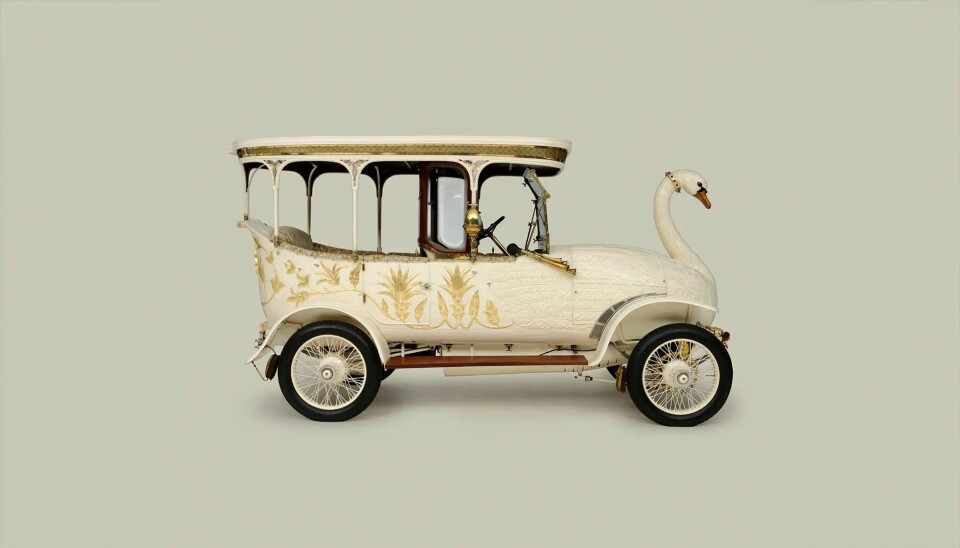
Emulating their heroes, speed-freak privateers began competing in hot rods adorned with flames on the salt flats of Southern California. The fire motif began to catch on in the public imagination when souped-up jalopies that looked to be ablaze began roaring down Californian roads. Artists continued to evolve the flame design and variants famously went on to grace 60s muscle cars. With its decades-long heritage, fire-stencilling has become a mainstay of classic Americana, finding its way on to motorbikes, clothing and electric guitars.
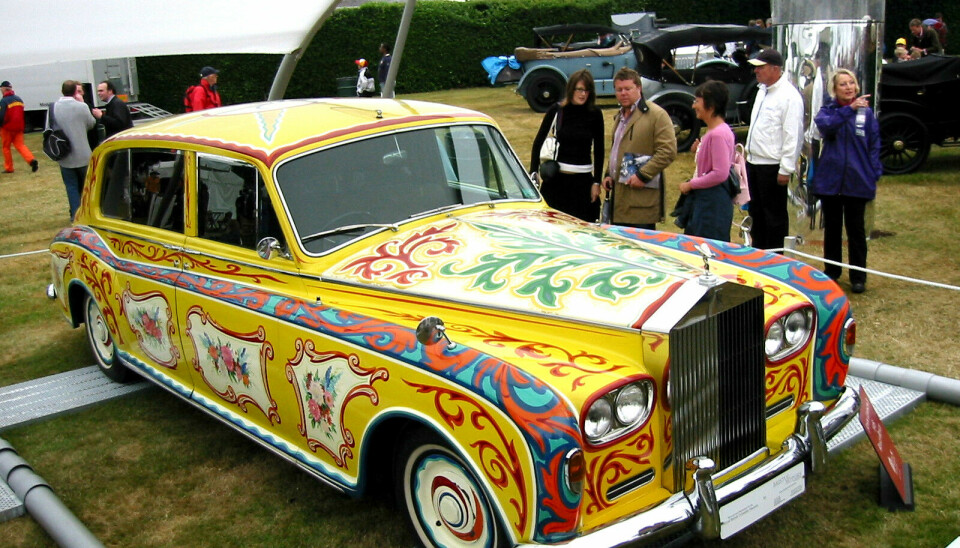
The hippy counterculture of the 1960s took art cars in a wholly different direction. Rather than being associated with tyre burnouts, this movement used flower power as a way to express rebellion. Inspired by nature, hallucinatory visions and appropriations of Eastern spirituality, 60s nonconformists applied psychedelic imagery to vehicle exteriors and interiors.
Probably the first high-profile art car of this era was John Lennon's Rolls-Royce Phantom V. It originally came shipped in sombre ‘Valentine Black’, but in 1967, Lennon had it sprayed yellow and commissioned the artist Steve Weaver to decorate the bodywork with flowers and ornate foliage. (Matthewson was ahead of his time!).
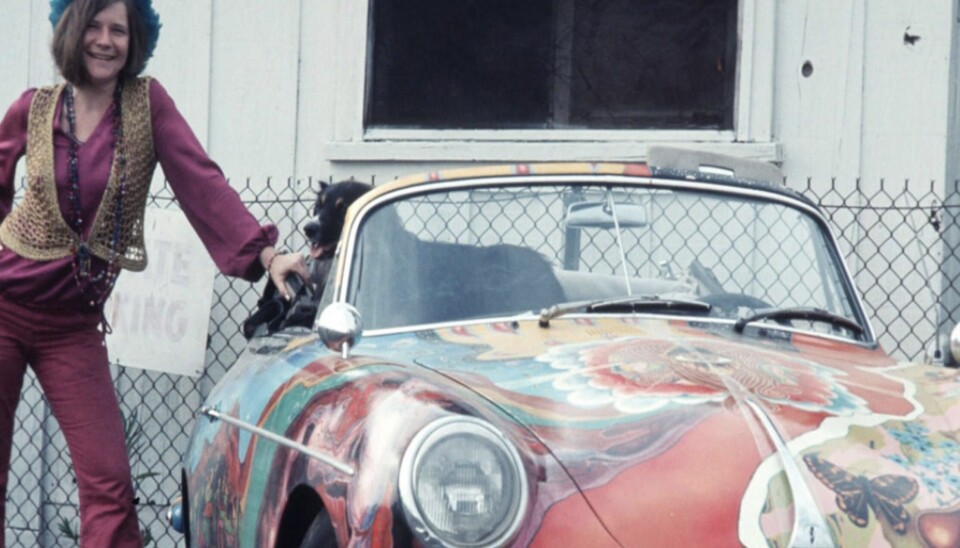
Soon after, the singer Janis Joplin had her Porsche 356 convertible garlanded with a spread of hallucinatory landscapes. More recently, the Burning Man Festival, which is held annually in Nevada’s Black Rock Desert, has invited attendees to bring along their art cars. With no scheduled performers, participants create all activities and events, so their vehicles take centre stage. The more outrageous the means of transport, the better, “Mutant Vehicles may include non-standard motorised forms such as furniture, other non-street vehicles such as a boat or train, animals, or almost anything imaginable.”

In the last few years, the New-York based creative, Daniel Arsham, has garnered critical acclaim for the direction in which he has taken the art car genre. Arsham’s eroded models of iconic vehicles serve as speculative historical relics, forms that seem to have been dug up by future civilisations. Indeed, sometimes their patina resembles that of bleached bones.
OEMs join the fray
Unsurprisingly, Rolls-Royce didn’t build its own take on John Lennon’s 4-wheeled canvas, but Pontiac did see the commercial potential of furnishing cars with artwork. Pontiac’s ‘Phoenix’ bonnet decal, illustrating a bird depicted in mythology as rising from its own ashes, was to become a totemic evolution of the all-American flame motif. First offered as an option on the 1973 Trans Am, the artwork later became a standard feature on specific trim levels.
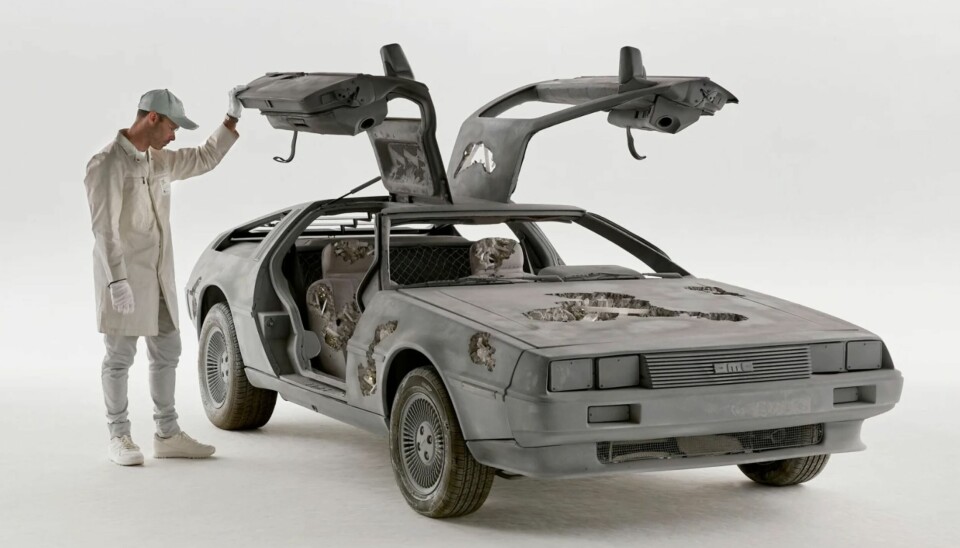
Pontiac’s avian design was conceived in-house, but the roster of OEMs that have since taken up the art car mantle have tended to hand over the conceptual phase to internationally renowned practitioners. As well as providing manufacturers with plenty of media exposure, high profile collaborations elevate the humble automobile to an artefact of highbrow enquiry, endowing brands with additional cultural cachet. BMW (4) has long been a contributor to the art car oeuvre, unveiling its first in 1975, a 3.0 CLS decorated by the American sculptor Alexander Calder.
Of the 20 pieces so far commissioned, personal highlights include those created by the South African artist Esther Mahlangu (1991) and the Italian painter and sculptor Sandro Chia (1992). Mahlangu covered a 525i in tribal patterns that traditionally embellish houses in Southern Africa, a move which resonates with the industry’s current obsession with homely interiors. Chia’s overlapping faces stare back at viewers from the body work of a M3 GTR with a little less subtlety than today’s car-cams. In the last few years, Renault has taken the idea of the art car on an innovative tangent.
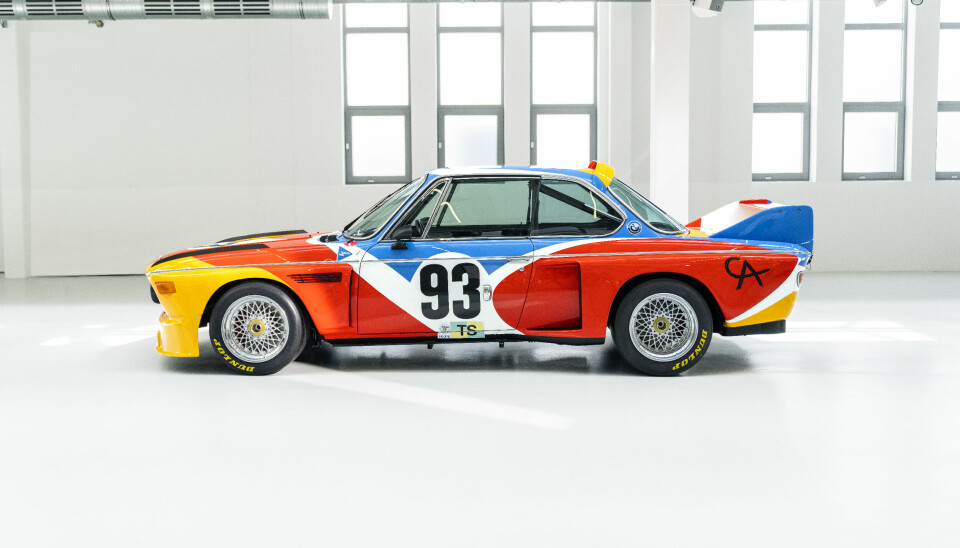
Through working with celebrated designers, the French brand has retrofitted three beloved vehicles from its historical line-up (the 4, 5 and Twingo), embedding in them delightful left-field stories. Of these, ‘Suite N°4’ (2021), a piece that uses a classic Renault 4 as its foundation, is perhaps the most interesting. Its creator, the multidisciplinary German designer Mathieu Lehanneur, reimagines the workhorse as a hotel room with plenty of transparent glazing, while its exterior channels the feel of concrete walls. Lehanneur describes his contribution as being, “better than the most beautiful room in a grand palace. This one can be placed where you want it, when you want it, facing the sea, in a field, or in a metropolis of your dreams”
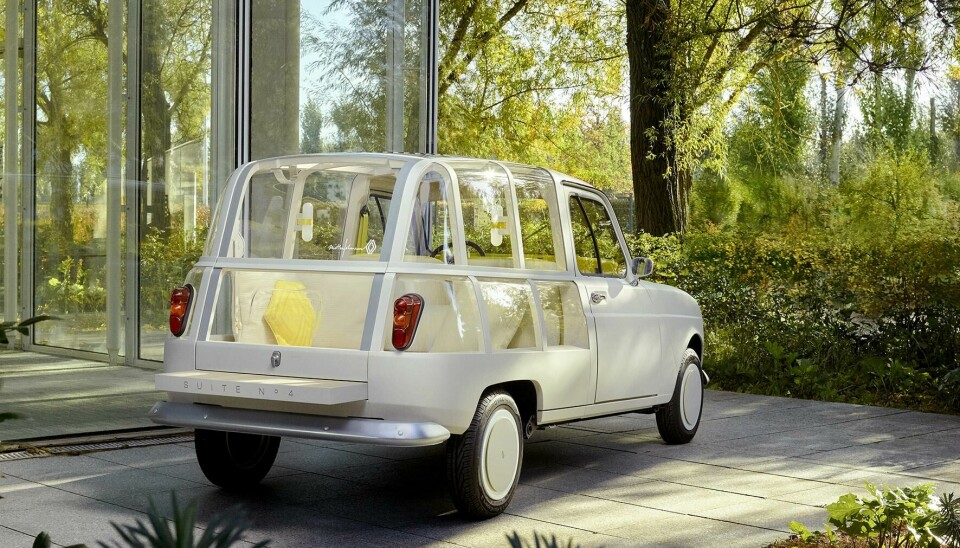
As well as bursting with character, the three Renault art cars played an important strategic function. Their unveiling helped to raise the profile of the corresponding historical vehicles, laying further groundwork for the subsequent release of the 4 E-Tech and 5 E-Tech as well as the soon-to-be unveiled production Twingo.
The future of Art Cars?
Last year, Esther Mahlangu completed a contemporary twist on her BMW art car from the early 1990s. Rather than being static, the geometric patterns on the ‘i5 Flow NOSTOKANA’ run as an animation facilitated by ‘E Ink’ technology. It’s certainly possible to imagine how such artwork could transform cityscapes in years to come.
Initially, the technology will be out of reach to less well-heeled consumers, but this doesn’t mean they will be denied the chance to see their vehicles become canvasses. Toyota’s 2025 FT-Me quadricycle concept comes with the option of a body wrap that owners can update with new designs purchased from the Japanese brand. Could OEMs be set to muscle in on a space that has traditionally been occupied by aftermarket providers?

Though not an art car, the Mercedes Vision V concept gives us a possible peek into the future of curation. Not so long ago, curation was something reserved for snooty gallery and museum professionals, but in the last decade or so, the process has been democratised and we’re now all preoccupied with curating our Instagram accounts and poke bowls. Located in the door cards, the Vision V’s transparent display cases transform the interior into a gallery, allowing us further opportunity to scratch our curatorial itches. Let’s hope thieves aren’t looking on.


